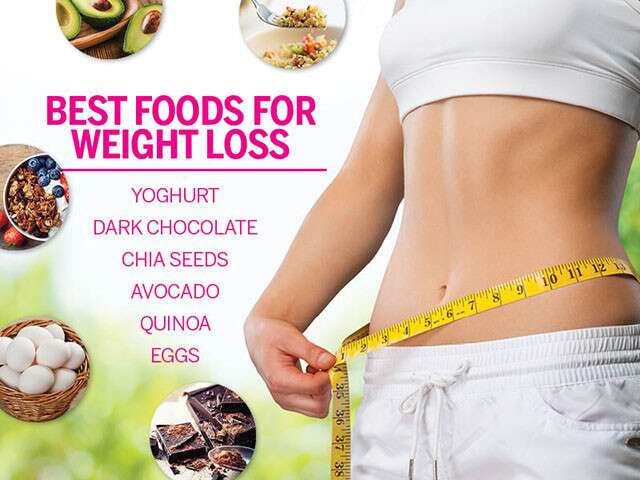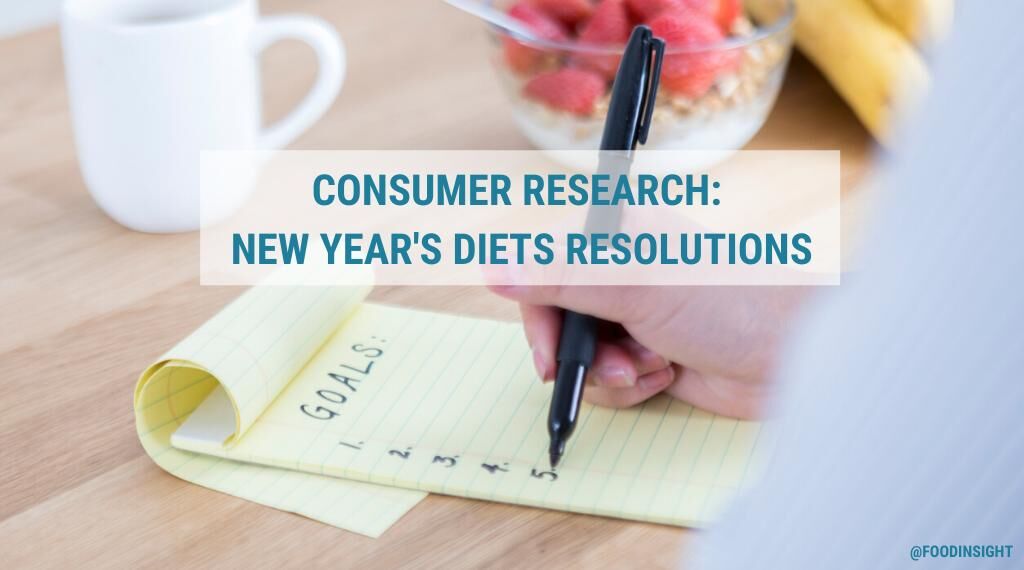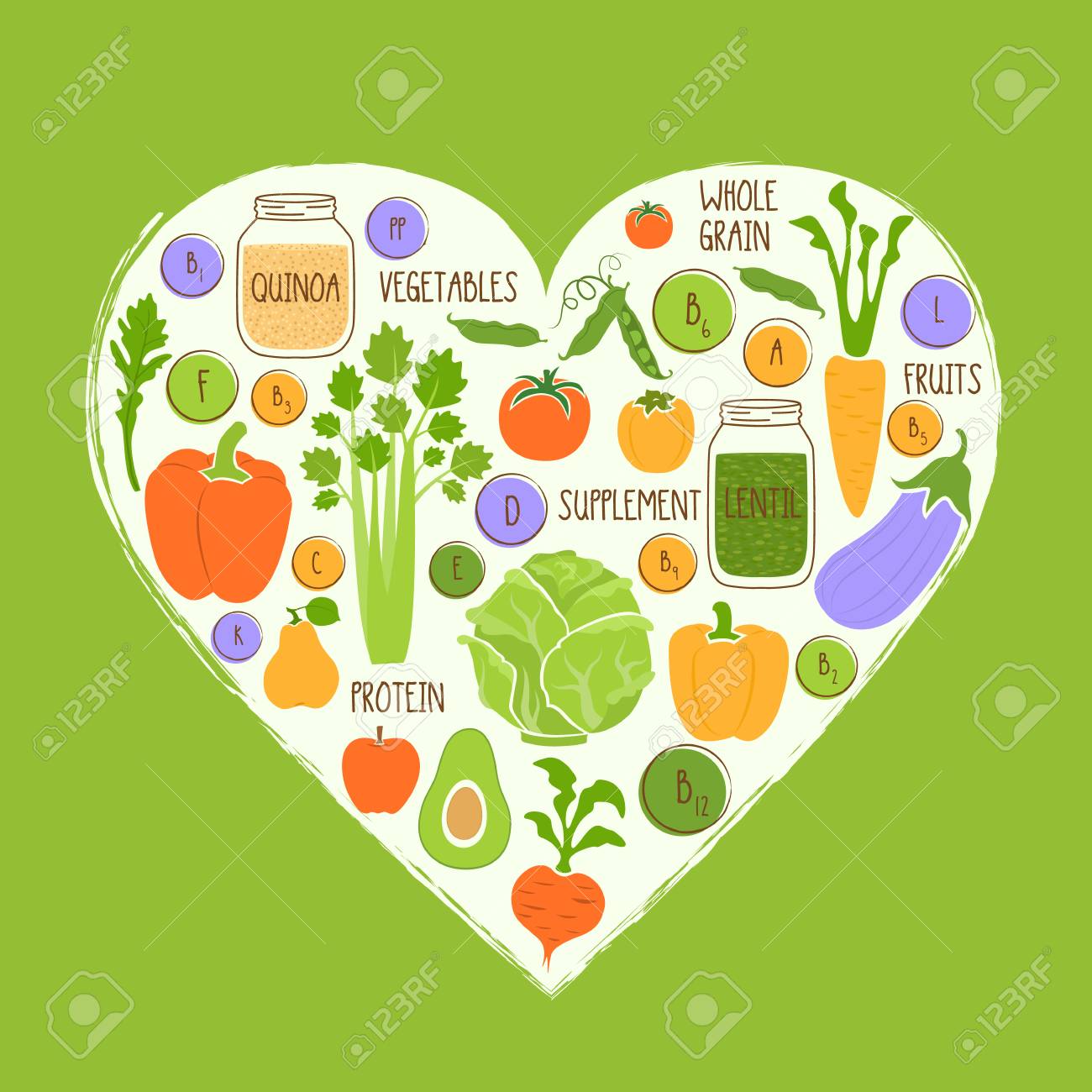
A diet high in fiber, fruits and vegetables is a good way to reduce the LDL cholesterol. These fats are good for your heart as they lower cholesterol levels and blood sugar levels. You should also add foods that are rich in omega-3 fatty acids. These fatty acids can be found in fish, especially sardines. Research has shown that people who eat at most one serving of fish per week have a half-off chance of suffering a heart attack.
Consider switching to a plantbased diet to avoid the unhealthy fats found in processed food. Vegetables contain a lot vitamins and minerals and are a good source of fiber. In order to reap the maximum benefits of fruits and vegetables, you should also include them in your daily diet. The best vegetables for your heart health are those that are high in fiber. You should also try to include plenty of whole grains and legumes in your diet.

Fast food is a major cause of high blood pressure, so try to steer clear of fried or processed foods. These foods are often high in saturated fats and other harmful substances. Walnuts, and other types of nuts, can help increase fiber in your diet. Other fruits like apples, pears, and raspberries are also great sources of fiber and antioxidants. You should also eat more vegetables.
In addition to fruits and vegetables, omega-3 fatty acid rich fish is great for your heart. To reap the benefits of omega-3 fatty acids, fish should be eaten at least once a week. You can also incorporate fish into your diet by including it in your daily meals. Overeating fish can cause adverse effects on your health. This type of food is good for your heart.
Fish is not the only thing you should eat. Whole grains are equally important. These whole grains are full of unsaturated oils and also have a lot of fiber. Whole-grain bread, brown rice and quinoa are all good options. White bread, which is high in refined white flour, is not very healthy for your heart. These oils make the best food for your heart.

Also, you can eat lots of fatty vegetables and fish. It is rich in omega-3 fatty acid and a good source for fiber. Also, salad greens contain essential vitamins as well as minerals. These greens are also high in antioxidants, which can protect your heart. Processed foods that are high in lard should not be eaten.
FAQ
Why is it important that we live a healthy and happy life?
A healthy lifestyle will help us live longer and happier lives. Healthy eating habits, regular exercise, healthy sleep habits, stress management, and good sleep habits can help to prevent heart disease, stroke, diabetes, cancer, and other serious diseases.
A healthy lifestyle can also help improve mental health and make it easier to deal with daily stressors. Healthy living will boost self-confidence and make you look and feel younger.
What should my diet consist of?
Take in lots of fruits and veggies. These vegetables and fruits are rich in vitamins and minerals that will keep your immune system strong. They are also rich in fiber, which is good for digestion and makes fruits and vegetables filling. Include at least five portions of fruit and vegetables per day.
Drink plenty of water. Water flushes toxins from the body and gives you a full feeling between meals. Drink about eight glasses each day.
Choose whole grains over refined grains. Whole grains contain all of their nutrients, including B vitamins and iron. Refined grains have been stripped of some of their nutrition.
Sugary drinks are best avoided. Sugary drinks are loaded with empty calories and contribute to obesity. Instead, opt for water, milk, or unsweetened tea.
Avoid fast food. Fast food lacks nutritional value. It may taste great but it won't give you the energy you need to function properly. Use healthier options, such as soups, sandwiches, salads, and pasta.
Limit your alcohol consumption. Avoid alcohol as it can cause empty calories and poor nutrition. Limit the number of alcoholic beverages you consume per week to no more that two.
Reduce your consumption of red meat. Red meats are high in saturated fat and cholesterol. Lean cuts of beef or pork, lamb and chicken, as well as fish, are better choices.
What is the working principle of an antibiotic?
Antibiotics kill harmful bacteria. Antibiotics are used to treat bacterial infections. There are many types of antibiotics. Some are given orally, while some are injected. Other antibiotics are applied topically.
Many people who have been exposed can be prescribed antibiotics. One example is if someone has had chickenpox and wants to prevent shingles. An injection of penicillin may be necessary to prevent pneumonia if someone has strep.
If antibiotics are to be administered to children, they must be prescribed by a doctor. Children are more likely to experience side effects than adults from antibiotics.
Diarrhea is the most common side effect from antibiotics. Other possible side effects include diarrhea, nausea and vomiting, allergy reactions, dizziness, dizziness, stomach cramps, nausea, vomiting or allergic reactions. These side effects are usually gone once the treatment is complete.
What is the problem with BMI?
BMI stands to Body Mass Index. It is a measurement of body weight based on height. The following formula can be used to calculate BMI.
Add weight in kilograms to height in meters squared.
The score is expressed as a number between 0 and 25. A score greater than 18.5 is considered overweight. A score greater than 23 is considered obese.
A person who weighs 100 kilograms and is 1.75m tall will have an BMI of 22.
How can you live your best life every day?
Finding out what makes your heart happy is the first step to living a fulfilled life. Once you are clear about what makes you happy and satisfied, you can move on to the next step. Asking others about their lives can help you to see how they live the best life possible.
You can also check out books like "How to Live Your Best Life" from Dr. Wayne Dyer. He discusses finding happiness and fulfillment throughout our lives.
Statistics
- According to the Physical Activity Guidelines for Americans, we should strive for at least 150 minutes of moderate intensity activity each week (54Trusted Source Smoking, harmful use of drugs, and alcohol abuse can all seriously negatively affect your health. (healthline.com)
- WHO recommends reducing saturated fats to less than 10% of total energy intake; reducing trans-fats to less than 1% of total energy intake; and replacing both saturated fats and trans-fats to unsaturated fats. (who.int)
- In both adults and children, the intake of free sugars should be reduced to less than 10% of total energy intake. (who.int)
- According to the 2020 Dietary Guidelines for Americans, a balanced diet high in fruits and vegetables, lean protein, low-fat dairy and whole grains is needed for optimal energy. (mayoclinichealthsystem.org)
External Links
How To
What does the "vitamins” word mean?
Vitamins are organic compounds naturally found in food. Vitamins aid us in absorbing nutrients from the food we eat. Vitamins cannot be made by the body; they must be taken from food.
There are two types of vitamins: water soluble and fat soluble. Water-soluble vitamins dissolve readily in water. Vitamin C,B1(thiamine), B2 (2riboflavin), and B3 (3niacin), as well as vitamin C,B1, B2 (riboflavin), and B3 (niacin), vitamin B6 (pyridoxine), vitamin folic acid (biotin), pantothenic, and choline are examples. Fat-soluble vitamins are stored in the liver, fatty tissue and kidneys. Vitamin D, E, K and A are some examples.
Vitamins are classified according to their biological activity. There are eight major types of vitamins:
-
A - Vital for normal growth and maintaining good health.
-
C - vital for proper nerve function, and energy production.
-
D - essential for healthy bones, teeth, and gums.
-
E - Required for good vision & reproduction
-
K – Required for healthy nerves & muscles.
-
P - Vital for strong bones and teeth.
-
Q - aids digestion, absorption and absorption iron
-
R - necessary for making red blood cells.
The recommended daily allowance for vitamins (RDA) varies based on gender, age, and physical conditions. The U.S. Food and Drug Administration has established the RDA values.
For example, the RDA for vitamin A is 400 micrograms per dayfor adults 19 years or older. However, pregnant women need 600 micrograms per day because it is important for fetal development. Children ages 1-8 require 900 micrograms per day. Infants under one year of age require 700 micrograms per day, but this amount decreases to 500 micrograms per day between 9 months and 12 months of age.
Children between the ages 1--18 years old who are overweight or obese require 800 micrograms per Day, while those who are overweight or obese need 1000 micrograms. To meet their nutritional needs, children underweight and obese require 1200 micrograms a day.
Children between 4 and 8 years old with anemia will need 2200 micrograms daily of vitamin C.
2000 micrograms are required daily for good health in adults over 50. Mothers who are pregnant, nursing, or have a high nutrient need will require 3000 micrograms a day.
Adults over 70 need 1500 micrograms daily, as they lose 10% of their muscle every ten years.
Women who are pregnant or nursing need more than the RDA. Pregnant and breastfeeding women require 4000 micrograms each day during pregnancy and 2500 Micrograms each day after delivery. Breastfeeding mothers need 5000 mg per day when breastmilk is being produced.